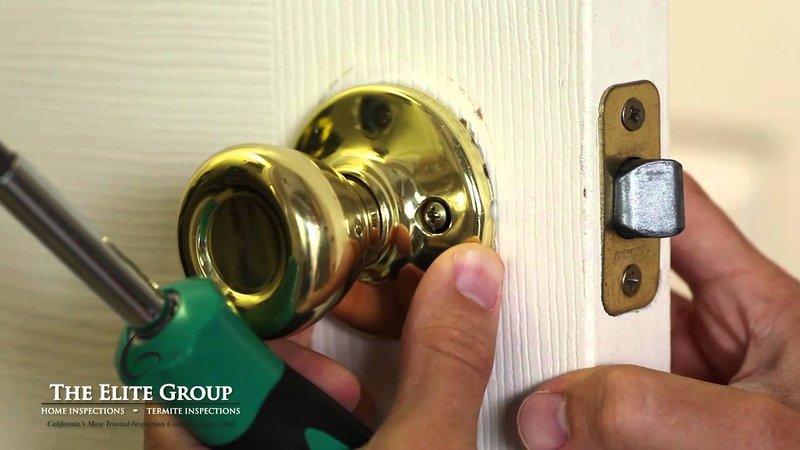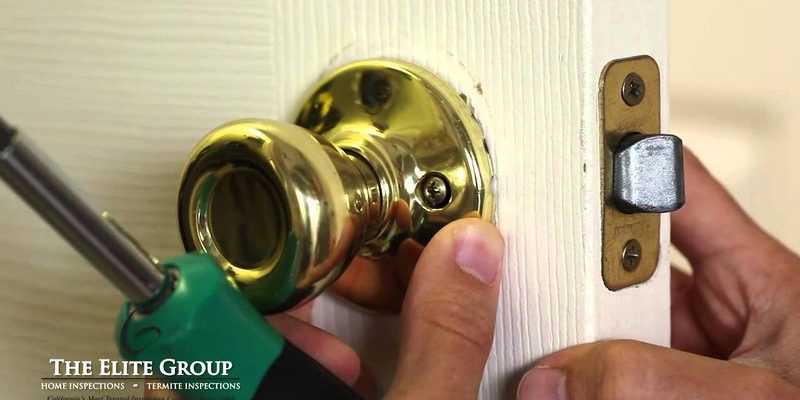
Honestly, diagnosing issues with a door latch’s roller mechanism can seem daunting, but it doesn’t have to be. Think of it like solving a puzzle. Each piece of the mechanism has a role, and if one piece is out of place, the entire picture can fall apart. If you’re a total beginner, no worries—I’ve got you covered. Let’s break down how to spot the problems and what to do next, all while keeping it simple and straightforward.
Understanding the Roller Mechanism
Before diving into issues, let’s understand what a roller mechanism is and how it works. The roller mechanism is a part of the latch that moves up and down as you close or open the door. When the door is closed, the roller clicks into place, providing a secure latch. This is often seen in doors that need to stay snug against the frame, like sliding patio doors or heavy entry doors.
Here’s the thing: the roller can become misaligned or damaged over time, which leads to several common problems. Imagine your door trying to close, but the roller isn’t finding its home. It can lead to everything from difficulty locking the door to the door swinging open unexpectedly. Knowing this, let’s go through how you can *diagnose* these issues.
Common Symptoms of a Faulty Roller Mechanism
You might be wondering how to tell if your door latch has a problem. Here are some typical symptoms to watch for:
- Difficulty Closing the Door: If your door doesn’t close smoothly, that’s a red flag. You may have to push hard to get it latched.
- Creaking or Grinding Noises: Odd sounds when you operate the door can indicate that the roller mechanism is struggling. It’s like a warning sign—pay attention!
- Door Won’t Lock: If the latch doesn’t engage when you attempt to lock it, you might have a misaligned roller. This can be frustrating, especially if you’re in a hurry.
- Visible Damage: Sometimes, the issue is straightforward. A broken or cracked roller is easy to spot, and you’ll need to replace it.
If you experience any of these, it’s time to roll up your sleeves and investigate further.
Inspecting the Mechanism
Now that you’ve identified some symptoms, let’s dig into how to inspect the roller mechanism properly. You don’t need any fancy tools for this—just your hands and a bit of patience.
Start by removing the cover plate on the door latch. This is often held in place by screws that you can easily unscrew using a screwdriver. Once you’ve got the cover off, take a good look at the roller assembly.
Next, check for any visible signs of wear and tear. Look for:
- Rust: Any rust on metal components can indicate moisture damage. This can affect the rolling action.
- Misalignment: The roller should align perfectly with the latch. If it’s tilted or displaced, this can cause issues.
- Obstructions: Sometimes, dirt or debris can block the roller’s path. Make sure there’s nothing in the way.
Take your time during this step. A thorough inspection will help you determine the exact issue and how to fix it.
Fixing a Misaligned Roller Mechanism
If you’ve found that the roller is misaligned, don’t worry! This is often a simple fix. You’ll just need a screwdriver and a little bit of elbow grease.
Begin by loosening the screws that hold the roller in place. You don’t need to remove them completely—just loosen enough to adjust the roller. Carefully realign the roller so it sits straight and directly in line with the latch. Tighten the screws back down while ensuring the roller remains aligned.
Once you’ve done that, give the door a test close. Does it latch smoothly now? If so, you’ve likely resolved the issue. If not, it might be time to look into further troubleshooting.
Cleaning the Roller Mechanism
Sometimes, the solution is as simple as cleaning. If there’s dirt buildup or grime, it can hinder the smooth operation of the roller. Here’s how to clean it effectively:
1. Remove the Roller: Take it out from the assembly if possible.
2. Wash with Soapy Water: Use warm, soapy water and a soft cloth to clean the roller and its housing. Avoid any harsh chemicals that might corrode the metal.
3. Dry Thoroughly: Make sure everything is dry before reassembling it. Any leftover moisture can lead to rust.
4. Lubricate (If Needed): After cleaning, you can apply a small amount of lubricant to the roller. Just a drop or two goes a long way; you want it to glide, not stick.
Remember, a clean roller can work wonders in making your door function smoothly again.
When to Replace the Roller Mechanism
Sometimes, despite your best efforts, a roller will need replacing. This could be due to significant damage or simply wear and tear over the years. Here are some signs it’s time for a replacement:
- Severe Damage: If the roller is cracked or broken, it’s a clear sign you need a new component.
- Persistent Issues: If you’ve tried adjusting and cleaning, but the problems keep coming back, replacing the roller may be the solution.
- Old Age: If your door or roller is very old, it might just be time for an upgrade.
Replacing a roller mechanism isn’t as complicated as it sounds. You can find replacement parts at hardware stores or online. Just make sure to choose one that’s compatible with your specific door latch brand.
Final Thoughts on Diagnosing Door Latch Roller Issues
Diagnosing issues with a door latch’s roller mechanism can seem challenging, but with a little knowledge, you can tackle it with confidence. Remember the key steps: identify symptoms, inspect carefully, adjust or clean as needed, and know when it’s time to replace.
When your door functions properly, it feels secure and reliable—like a trusty friend. And that’s something we all want in our homes. So the next time you face a door-related issue, don’t panic. Take a breath, follow these steps, and you’ll be on your way to fixing that pesky roller mechanism in no time.
